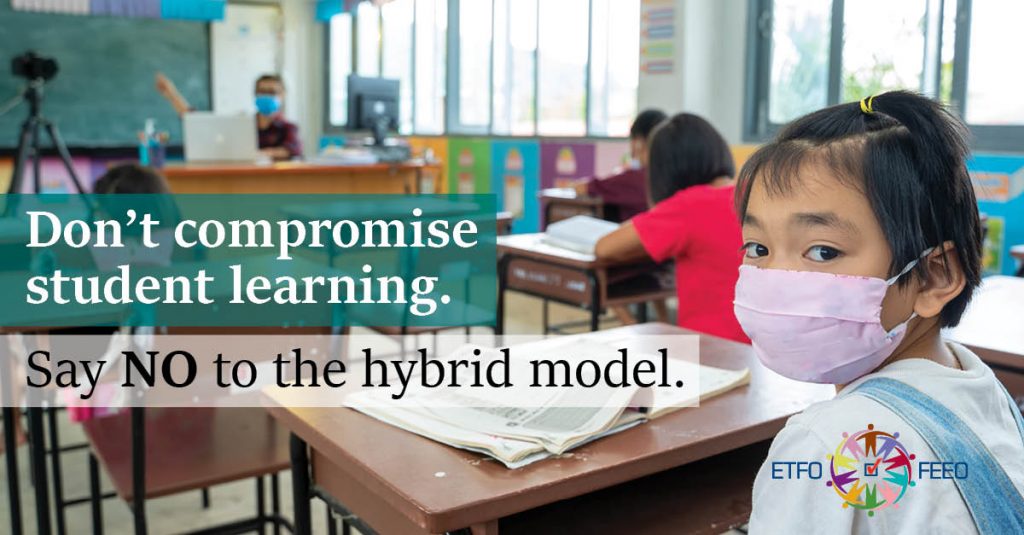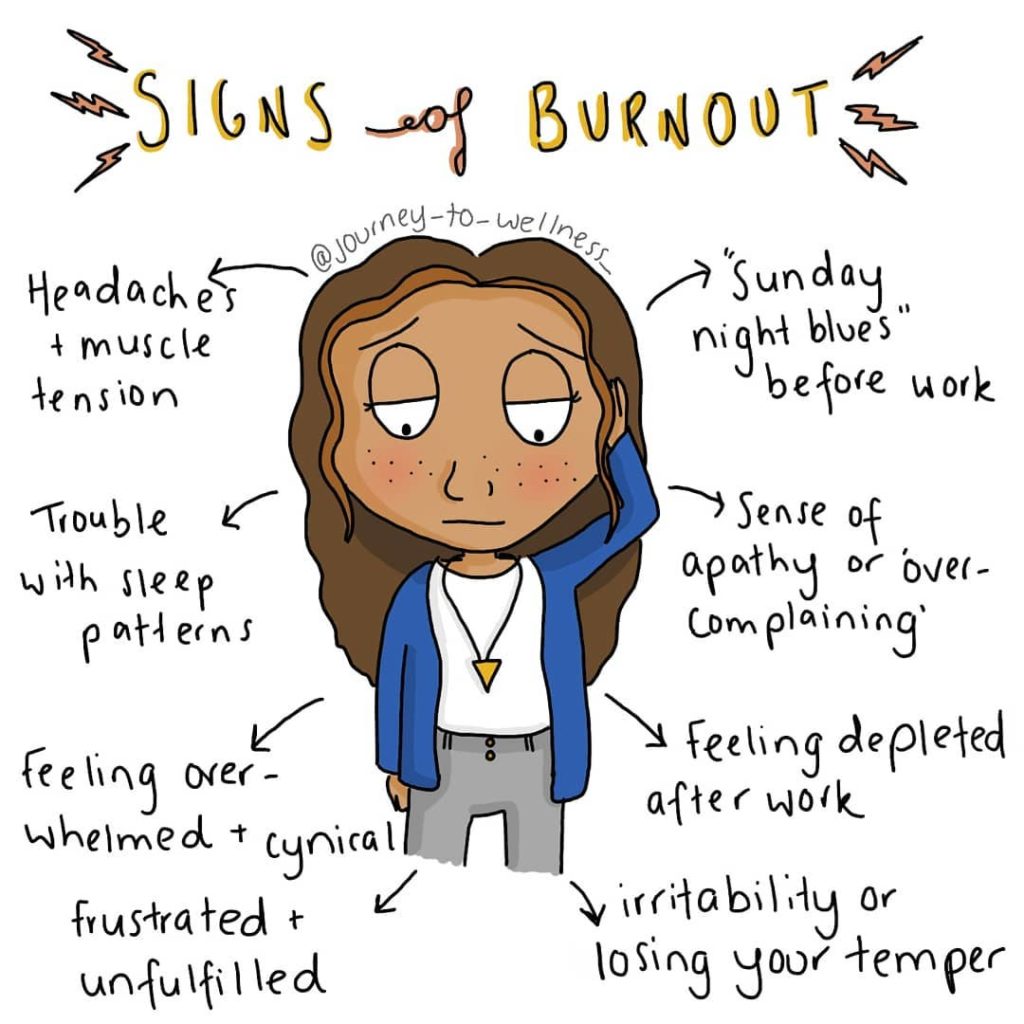
I decided to write this blog after reading an article in the Globe and Mail about getting off our cell phones. According to the article “Phone use depraves us of the quality of our sleep, our productivity, and our creativity. It is linked to heightened levels of anxiety and depression, diminished sexual satisfaction, compromised child-parent relationships and so much more.” (Leszcz, July 24th, 2021, Globe and Mail, Technology Section, p. 6-7). With phone in hand, we have established multitasking in our lives.
This got me thinking about how distracting teaching is during the hybrid model. Here, teachers must attend to students in class, students online, technology to run the class, and the lesson taught. In hybrid multitasking, teachers’ attention is pulled in many directions. The question is “How effective can teachers be in this environment?”
The Myth of Multitasking
There’s a myth that multitasking increases people’s ability to do many things effectively at once. However, after reading some psychology texts, I’ve found this myth is not true in real life.
According to Paul Atchley, Ph.D. (associate professor of Cognitive Psychology at the University of Kansas), “Based on over a half-century of cognitive science and more recent studies on multitasking, we know that multitaskers do less and miss information. It takes time (an average of 15 minutes) to re-orient to a primary task after a distraction such as an email. Efficiency can drop by as much as 40%. Long-term memory suffers and creativity — a skill associated with keeping in mind multiple, less common, associations — is reduced.”
This means, with multitasking, our ability to do work decreases, making us less effective. Even though the human brain has billions of neurons and many trillions of connections, humans are incapable of doing multiple things at the same time. Instead, what happens, is that human brains switch tasks choosing which information to process (Archley, 2010). When “you listen to speech, your visual cortex becomes less active, so when you talk on the phone to a client and work on your computer at the same time, you literally hear less of what the client is saying” (Archley, 2010.)
Technology Distracts Us from Our Life
Archley states that technological distractions make us unaware of the demands it puts on our information processing capacity. He also states that humans “crave access to more information because it makes us comfortable. People tend to search for information that confirms what they already believe. Multiple sources of confirmation increase our confidence in our choices.” Problems arise as more information “leads to discomfort, because some of it might be conflicting. As a result, we then search for more confirmatory information” (Archley, 2010.)
Multitasking Leads to Memory Problems
Overall, multitasking leads to problems with memory – which would account for the noted decrease in my executive function since teaching synchronously online and in the hybrid model.
What can people do to improve their ability to function? How can we prevent our brains from becoming overloaded?
- Do one thing at a time
-
- Try to complete one task at a time or until attention fades (which is after about 18 minutes according to Archley)
- If you need to go back to a task, write a note as a reminder – I do this all the time
- Work in a spot that has few distractions so you can focus
-
- close the door in the room in which you are working (Archley, 2010)
- set a time to work and provide yourself breaks as needed
- Realize that not all information is useful
-
- information includes information sourced from phones, computers, radio, TV, etc. via blogs, posts, texts etc.
- ask yourself if this information is worth interrupting your work
- consider your use of social media and the time it takes out of your life and how it uses up your executive function
- consider how your time on your tablet or phone is impacting your relationships with others
- “know the difference between social networks, which are likely to confirm your choices and therefore make you feel good, and knowledge networks, which might challenge them, and therefore help you make a better decision” (Archley, 2010)
With regards to using our cell phones prudently, Benjamin Leszcz (2021) makes the following suggestions:
- Put down your phone when paying attention to others
-
- When talking to someone, make eye contact, listen carefully, be present with the person
- Leszcz writes “phones don’t just diminish our performance as friends; they also make us inferior parents” (2021) – ask yourself, How is your phone impacting your relationships with your children and partner?
- During meals, phones should never be at the table, or a bar or even in children’s bedrooms.
- People in our lives deserve our undivided attention – so put your phone away and pay attention to them!
- Put away all phones
-
- Phones should be either face down on our desks or in a drawer, a bag, a pocket … away from our attention
- Best place for a phone is in another room – I do this but then get complaints as to why I have not attended to text or answered calls
- Don’t check your emails all the time – I also get complaints about not reading and responding to emails immediately … but consider in real life, if something is so critical it needs my attention, then someone will get a hold of me using another vector
- At staff meetings, teachers should not be on their phones as it distracts them from actually hearing information conveyed
- Phones interrupt our capacity to learn and read keeping us in a state of hyperattention (Dr. Turkle cited in Leszcz, 2021)
-
- Bite sized information make us weary of actually reading long text like books or newspaper articles
- Marshall McLuhan wrote “A new medium is never an addition to an old one, nor does it leave the old one in peace.”
- Phones distract us from written text and real life conversations, as Leszcz states, “Keeping a phone nearby while reading a book is like putting a plate of fries beside your salad”
- “When we are paying attention to nothing at all, we should put our phones away” (Leszcz, 2021)
-
- Phones constantly distract us from life by keeping us connected
- Even in our leisure time phones are present getting us to send another text or take another photo – instead of just enjoying the place we are in
- “Phones rob us of the moments we can be free, letting our minds rest or wander” (Leszcz, 2021)
- Phones have us using our executive function all the time and without a break our long-term memory can be diminished (Archley, 2010)
Leszcz warns us about the consequences of using cell phones and technology less … as withdrawal symptoms are likely. We may find breaks from technology give us the feeling of being on vacation. Technology vacations may result in building deeper relationships and reconnecting with our family and our partners in more ways than just talking.
In the end, this research shows that human beings were never meant to attend to so many things at once. Knowing this, I can make the following statements about hybrid teaching and learning:
- Teachers should not have to attend to students synchronously at home and at school as it makes us less effective as teachers.
- Teachers should not have to teach using the hybrid model as it is bad for our brains, our attention, and our relationships.
Collaboratively,
Deb Weston, PhD
References
Atchley, P. (December 21, 2010). You Can’t Multitask, So Stop Trying, Harvard Business Review Downloaded from https://hbr.org/2010/12/you-cant-multi-task-so-stop-tr (July 25, 2021).
Leszcz, B. (July 24, 2021). After the pandemic, let’s deal with our phone addictions. Here are three rules to follow, Globe and Mail, Downloaded from https://www.theglobeandmail.com/opinion/article-after-the-pandemic-lets-deal-with-our-phone-addictions-here-are-three/ (July 25, 2021).




